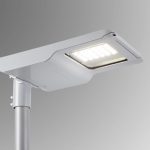LED Bulb Energy Cost: Calculating the Expense of Running for 24 Hours
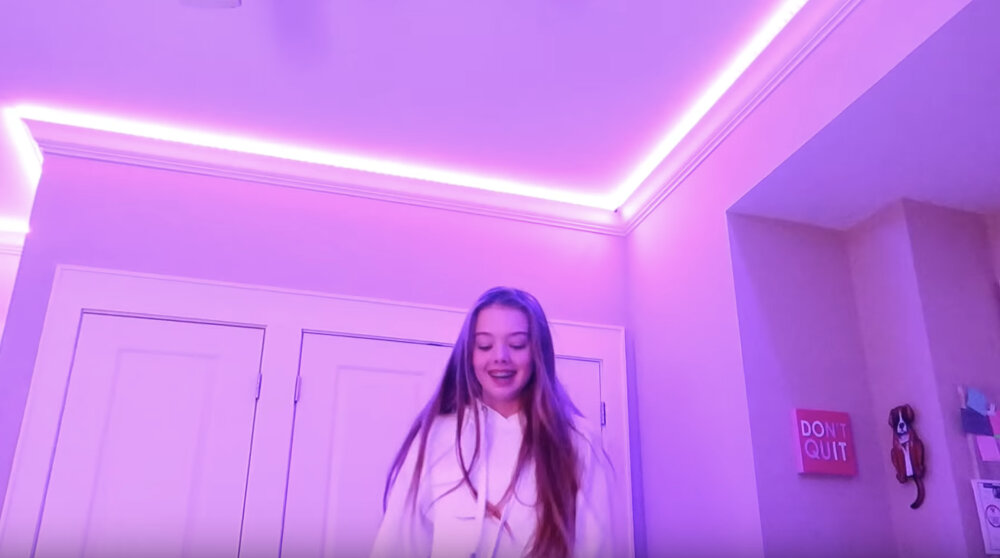
LED bulbs have become a popular choice among homeowners and businesses due to their energy efficiency and longevity. However, while the initial cost of purchasing LED bulbs may be higher than traditional incandescent bulbs, consumers often wonder about the long-term cost savings. One important factor in determining cost savings is calculating the expense of running LED bulbs for 24 hours. By understanding how to calculate the energy cost of LED bulbs and comparing it to other types of bulbs, consumers can make informed decisions about which lighting options are the most cost-effective for their needs. When it comes to energy-efficient lighting, LED bulbs are a top contender. LED bulbs use less energy than traditional incandescent bulbs, which means that they can save consumers money on their electricity bills. Additionally, LED bulbs last much longer than incandescent bulbs, which means that consumers will need to replace them less frequently. However, despite these advantages, consumers may still be unsure about the exact cost savings associated with LED bulbs. Calculating the expense of running LED bulbs for 24 hours can provide a clearer picture of the long-term savings that consumers can expect.
Calculating energy cost for LED bulbs is of utmost importance, particularly in today’s world where energy conservation and cost reduction are critical concerns. LED bulbs are an excellent alternative to conventional incandescent or fluorescent bulbs, owing to their energy efficiency and long lifespan. However, despite their low energy consumption, they do incur a cost. By calculating the energy cost of LED bulbs, individuals can gain valuable insights into their energy expenses and make informed decisions regarding their energy consumption. This knowledge will enable people to make significant changes in their energy usage patterns, which can help reduce their energy bills and promote a more sustainable lifestyle. Additionally, calculating energy costs can help individuals identify ways to optimize their energy consumption by comparing the energy consumption of different LED bulb models and selecting those that offer the most energy-efficient option. Overall, understanding energy costs is a crucial step in promoting energy efficiency and financial savings.
Factors affecting energy cost
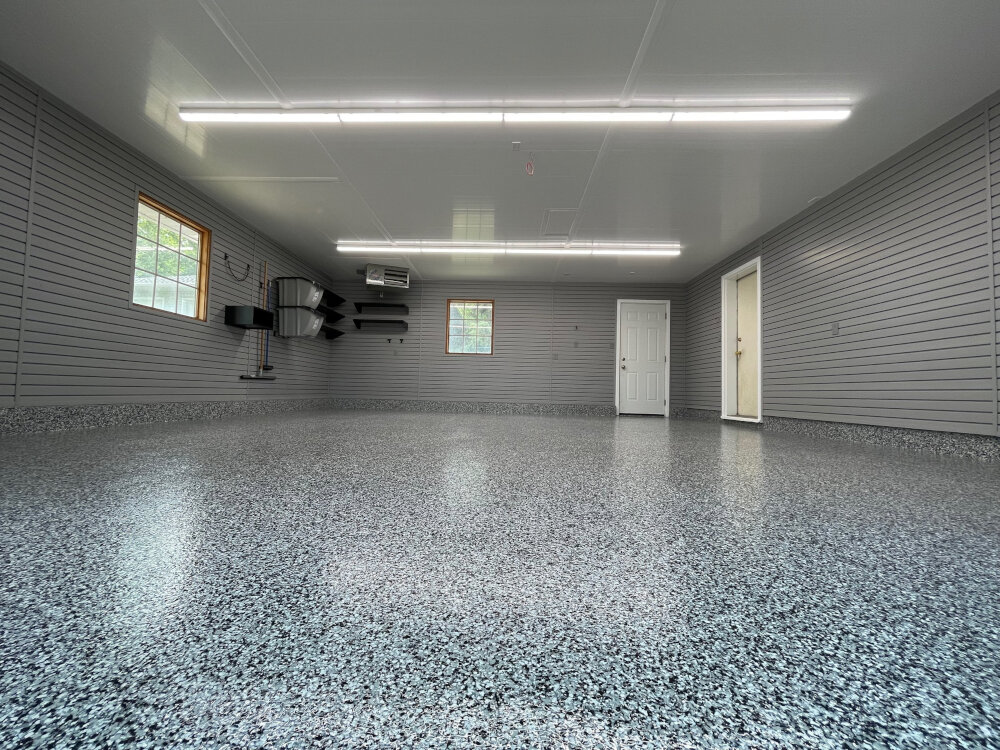
Energy cost is an important factor to consider when it comes to choosing the right lighting solution for your home or office. The cost of energy consumption can vary depending on several factors, such as the type of bulb, wattage, and hours of usage. One of the most significant factors that affect energy cost is the type of bulb being used. Traditional incandescent bulbs are known for their high energy consumption and low efficiency, making them less cost-effective than newer technology such as LED bulbs. LED bulbs are known for their energy efficiency, low heat emission, and longer lifespan, which makes them a more cost-effective option in the long run. Another factor that can affect energy cost is the wattage of the bulb. The higher the wattage of the bulb, the more energy it will consume. Therefore, it is important to choose a bulb with the appropriate wattage for the intended purpose. For example, a bulb with a high wattage may be suitable for lighting up a large room, while a bulb with a lower wattage may be more suitable for task lighting or accent lighting. Additionally, the number of hours that the bulb is used per day can also affect energy cost. The longer the bulb is used each day, the more energy it will consume, which will ultimately increase the cost of energy consumption. Therefore, it is important to consider the number of hours that the bulb will be used when calculating energy cost.
Wattage is an essential factor to consider when calculating the energy cost of an LED bulb. It refers to the electrical power that the bulb consumes and is an indicator of its brightness. The higher the wattage, the brighter the bulb, and the more energy it will consume. However, with LED technology, wattage doesn’t always correlate with brightness, as LEDs are more energy-efficient than traditional incandescent bulbs. Therefore, it’s crucial to consider lumens, which measure the bulb’s brightness, in addition to wattage when determining the energy cost of an LED bulb. By selecting an LED bulb with the appropriate wattage and lumens, you can save money on your energy bill while still enjoying adequate lighting.
The price of electricity can vary depending on various factors such as the location, time of day, and the provider. Many households and businesses are often concerned about the cost of electricity as it can significantly impact their expenses. When it comes to running an LED bulb for 24 hours, it’s essential to consider the price of electricity to calculate the energy cost accurately. By understanding the cost of electricity, one can make informed decisions about energy consumption and choose energy-efficient options that can help reduce expenses in the long run.
Usage time is a crucial factor when it comes to calculating the expense of running an LED bulb for 24 hours. LED bulbs have a longer lifespan compared to traditional incandescent bulbs, and they consume less energy. However, the amount of time they are used significantly affects their energy cost. The more time an LED bulb is used, the more energy it consumes, and the higher the energy cost. Therefore, it’s essential to keep track of the usage time of your LED bulbs to accurately calculate the expense of running them for 24 hours. By doing so, you can save money on your energy bill and reduce your carbon footprint.
Formula for calculating energy cost
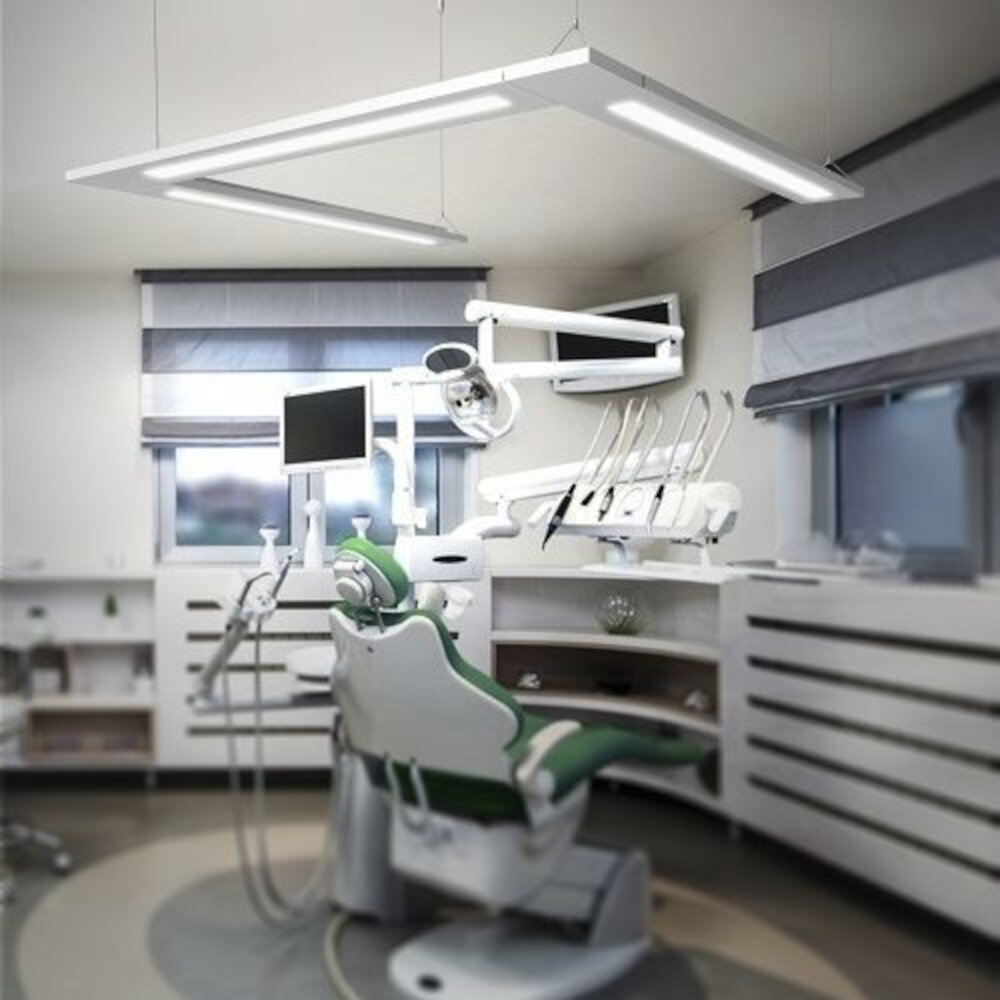
Calculating energy cost is essential when it comes to planning and budgeting for energy consumption. The formula for calculating energy cost involves multiplying the wattage of the appliance or device by the number of hours it is used, then dividing the result by 1,000 to get the kilowatt-hour (kWh) usage. Finally, the kWh usage is multiplied by the cost per kWh charged by the utility provider. This formula gives an accurate estimate of the energy cost incurred by an appliance or device. For example, when calculating the energy cost of an LED bulb that is used for 24 hours, the wattage of the bulb is multiplied by 24 to give the total watt-hours used. The result is divided by 1,000 to get the kWh usage. Finally, the kWh usage is multiplied by the cost per kWh charged by the utility provider to determine the energy cost. By using this formula, it is easy to compare the energy cost of different appliances or devices and make informed decisions on energy consumption.
The breakdown of the formula used to calculate the energy cost of running an LED bulb for 24 hours is relatively simple. It involves multiplying the wattage of the bulb by the number of hours it will be in use, and then dividing that figure by 1000 to obtain the number of kilowatt-hours (kWh) consumed. From there, the total energy cost can be determined by multiplying the kWh by the cost per kWh charged by the electricity provider. It is important to note that LED bulbs are highly energy-efficient, consuming significantly less energy than traditional incandescent bulbs. This means that the energy cost of running an LED bulb for 24 hours is likely to be much lower than that of an incandescent bulb with the same wattage. By calculating the energy cost of different types of bulbs, consumers can make informed choices about which bulbs to use in their homes, helping to reduce both their energy bills and their carbon footprint.
Calculating the energy cost of running an LED bulb for 24 hours is a simple yet crucial task. To determine the expense, one needs to identify the wattage of the bulb and the cost of electricity per kilowatt-hour. For instance, if the LED bulb has a power rating of 10 watts and the cost of electricity is $0.12 per kWh, the daily energy cost would be 0.24 cents. However, it is essential to note that the actual cost may vary depending on the location, time of day, and energy usage patterns. Therefore, it is recommended to calculate the energy cost using the actual wattage and electricity rates to get an accurate estimate of the cost of running an LED bulb for 24 hours.
Comparison with traditional bulbs
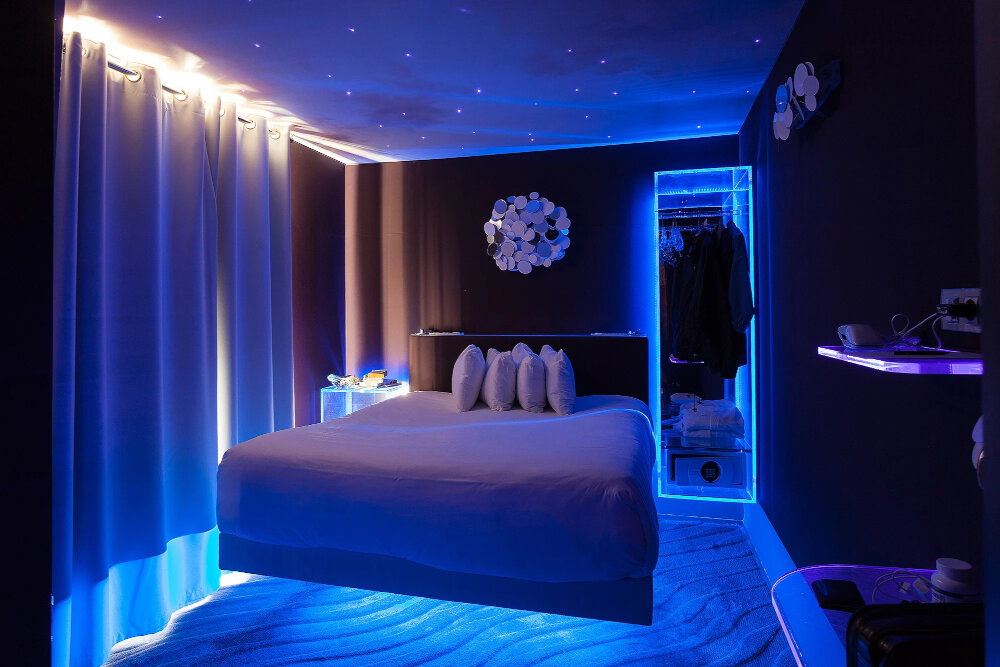
LED bulbs have become increasingly popular in recent years due to their energy efficiency and long lifespan compared to traditional bulbs. Traditional bulbs, such as incandescent and fluorescent bulbs, use a significant amount of energy to produce light. Incandescent bulbs, for example, waste up to 90% of the energy they use as heat, resulting in a much higher energy cost than LED bulbs. Additionally, traditional bulbs have a much shorter lifespan than LED bulbs, which can last up to 25 times longer. This means that LED bulbs not only save energy, but also reduce the cost of replacement and maintenance. LED bulbs also provide a more environmentally friendly option compared to traditional bulbs. Traditional bulbs contain hazardous materials such as mercury, which can be harmful to both humans and the environment. When these bulbs are disposed of improperly, they can release harmful toxins into the environment. LED bulbs, on the other hand, do not contain any hazardous materials and can be safely disposed of. This makes LED bulbs a more sustainable and responsible lighting option. In conclusion, the comparison between LED bulbs and traditional bulbs clearly shows that LED bulbs are a better choice in terms of energy efficiency, cost, and environmental impact.
LED bulbs have become increasingly popular in recent years due to their energy efficiency and cost savings. Compared to traditional incandescent bulbs, LED bulbs can last up to 25 times longer and use up to 80% less energy, resulting in significant cost savings over time. In addition to their longevity and energy efficiency, LED bulbs also emit less heat, making them a safer choice for households and businesses alike. While the initial cost of LED bulbs may be higher than traditional bulbs, the long-term savings on energy bills and replacement costs make them a smart investment for anyone looking to reduce their carbon footprint and save money in the long run.
Switching to LED bulbs is not only cost-effective but also environmentally friendly. LED bulbs consume significantly less energy than traditional incandescent bulbs, resulting in a reduction of greenhouse gas emissions and other pollutants. LED bulbs also last longer, reducing waste in landfills. By replacing just one incandescent bulb with an LED bulb, a household can save up to 1,400 pounds of carbon dioxide emissions over the LED bulb’s lifetime. Furthermore, LED bulbs contain no harmful substances such as mercury, making them safe for disposal and reducing the risk of environmental contamination. Making the switch to LED bulbs is a small change that can have a big impact on the environment.
Tips for reducing energy cost
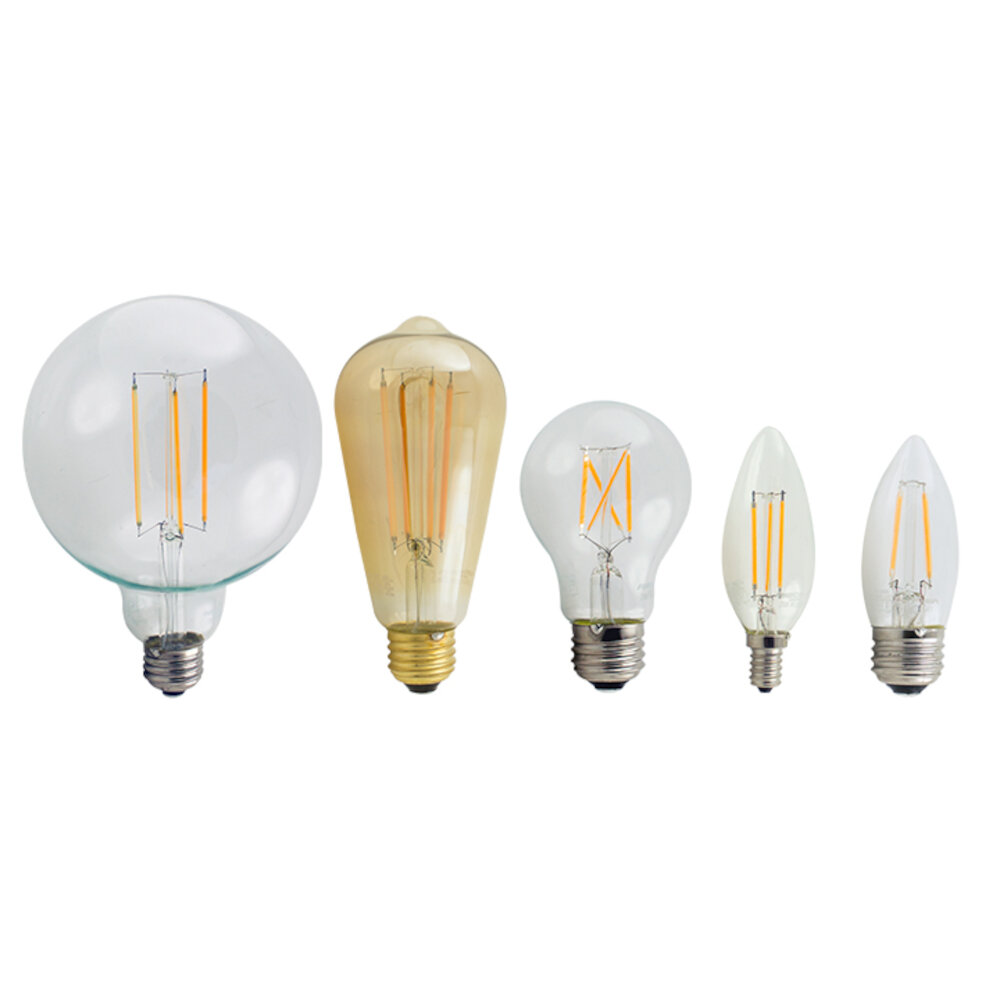
Reducing energy costs is not only beneficial for your wallet but also for the environment. There are several simple tips that can help you lower your energy consumption and save money. One of the easiest ways to reduce energy cost is by replacing your old incandescent light bulbs with LED bulbs. LED bulbs use less energy and last longer than traditional bulbs, making them a cost-effective choice for your home or office. Another way to lower your energy consumption is by upgrading your appliances to energy-efficient models. Energy-efficient appliances use less energy and can save you money on your electricity bill. When shopping for appliances, look for the ENERGY STAR label, which indicates that the appliance meets strict energy efficiency guidelines set by the U. S. Environmental Protection Agency. By making these simple changes in your home, you can significantly reduce your energy consumption and save money on your energy bills.
The use of timers and sensors is an effective way to reduce the energy cost of LED bulbs. Timers can be programmed to automatically turn off the lights after a certain period of time, which eliminates the need for human intervention and ensures that the lights are not left on unnecessarily. Additionally, sensors can be installed that detect when someone enters or leaves a room, and turn the lights on or off accordingly. This not only saves energy, but also provides convenience and enhances the overall user experience. By incorporating these technologies, LED bulbs can be made even more energy-efficient and cost-effective, making them an increasingly attractive option for environmentally-conscious consumers.
When it comes to purchasing LED bulbs, choosing lower wattage bulbs can significantly reduce energy costs. Wattage is a measure of the amount of energy that a light bulb uses, and the lower the wattage, the lower the energy consumption. LED bulbs are known for their energy efficiency, and selecting bulbs with lower wattage ratings can make them even more energy efficient. Not only will this help to reduce energy bills, but it can also contribute to a more sustainable environment. By choosing lower wattage bulbs, consumers can enjoy the benefits of LED lighting while minimizing their energy costs and reducing their carbon footprint.
It is crucial to turn off LED bulbs when not in use to save energy and reduce electricity costs. Even though LED bulbs consume a small amount of energy, leaving them on for an extended period can accumulate significant costs over time. By turning off LED bulbs when not in use, you can reduce your carbon footprint and be more environmentally friendly. Additionally, switching off lights in empty rooms and areas of your home can significantly decrease your energy consumption and electricity bills. Making it a habit to turn off lights when leaving a room can make a significant difference in your energy expenditure and help you save money in the long run.
Calculating energy costs is an essential aspect of managing household expenses. Understanding how much energy is consumed by different appliances and devices is crucial for making informed decisions about energy usage and expenses. The cost of running appliances like LED bulbs for extended periods can quickly add up and become a significant portion of monthly utility bills. By measuring energy usage and estimating the cost of running appliances, individuals can adjust their consumption habits and save money. Calculating energy costs can also be useful in making decisions about replacing old appliances with more energy-efficient ones, which can result in significant long-term savings. Overall, staying aware of energy costs is an important step in managing household budgets and reducing energy waste.
Making the switch to LED bulbs has become more common in recent years, and for good reason. The cost savings of LED bulbs compared to traditional incandescent bulbs is significant, with LED bulbs using up to 80% less energy. Not only does this translate to lower electricity bills, but it also reduces the environmental impact of energy production. Additionally, LED bulbs have a longer lifespan than traditional bulbs, reducing the need for frequent replacements and further reducing waste. While the upfront cost of LED bulbs may be slightly higher, the long-term savings and environmental benefits make it a worthwhile investment for any household or business.
Conclusion
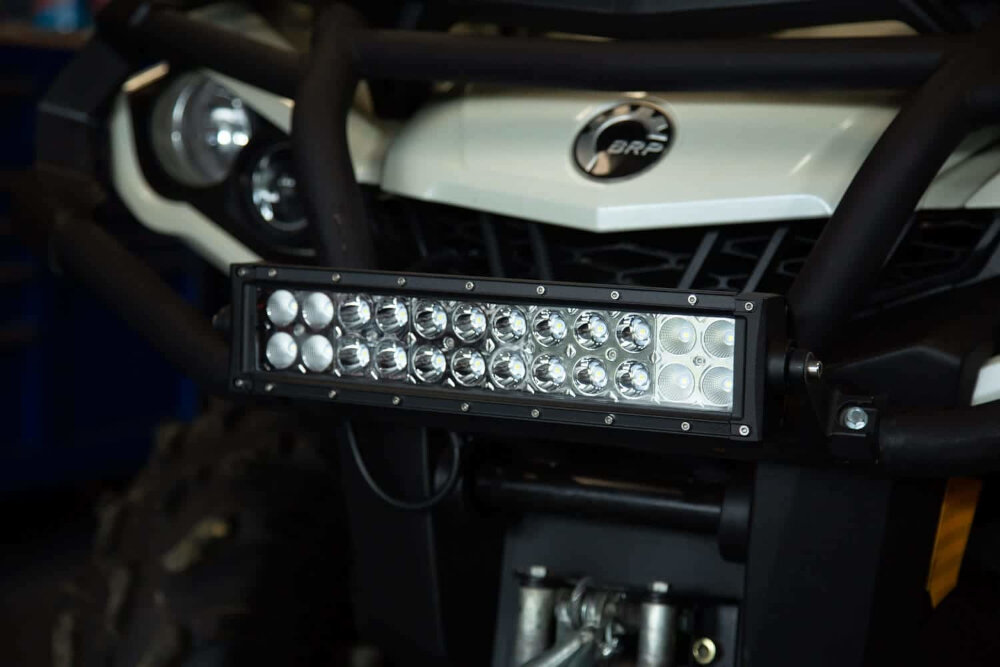
In conclusion, calculating the energy cost of running an LED bulb for 24 hours is a crucial step in understanding and managing your electricity bills. While LED bulbs are energy-efficient and cost-effective in the long run, it’s important to consider the operating cost as well. By understanding the wattage of the bulb and the cost of electricity per kilowatt-hour, you can easily calculate the expense of running an LED bulb for 24 hours. This knowledge can help you make informed decisions about your lighting choices and energy consumption, ultimately leading to a more sustainable and cost-effective lifestyle.



